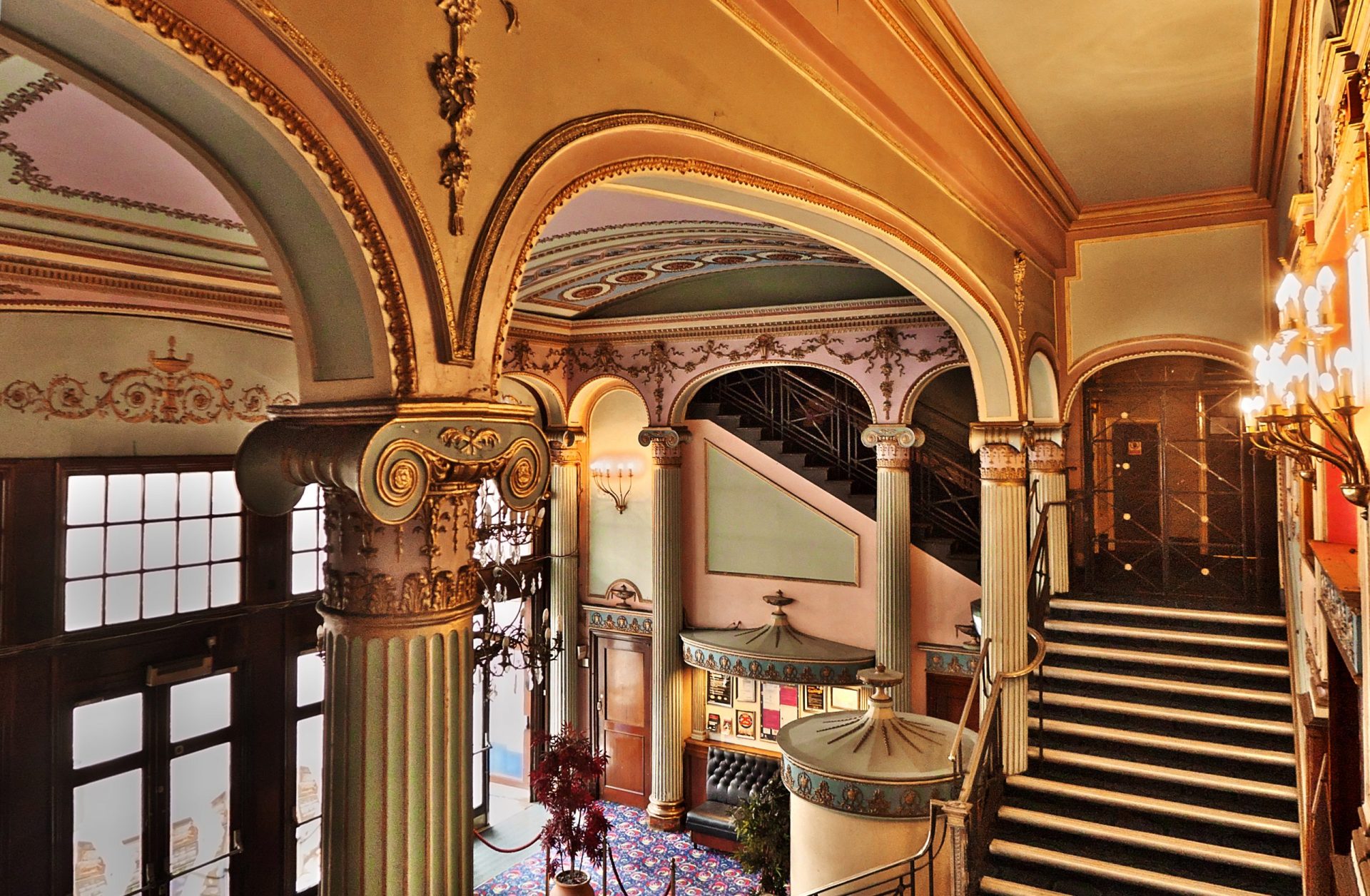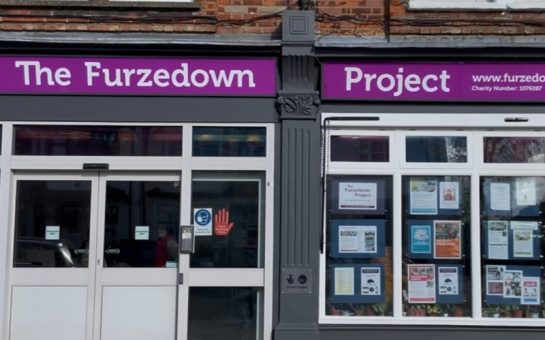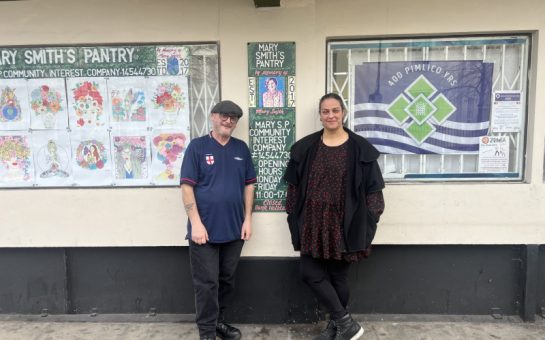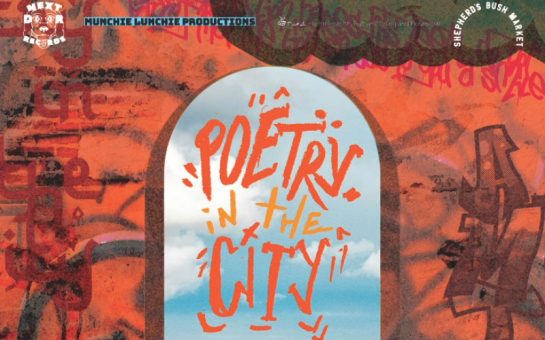Imogen Smith
May 2 2020, 11.30
Follow @SW_Londoner
Ten years after the Great War and Spanish flu pandemic caused devastation across Europe, a beacon of hope for economic and community recovery emerged in south west London.
Streatham Hill theatre opened its doors to the public for the first time on 20 November 1929.
It opened as the third largest theatre in London, built as part of a cultural renaissance after the calamities of previous decades.
The splendid foyers and staircases of this magnificent building must have seemed astonishingly grand to those who first walked through its doors in the late 1920s – not to mention the 2,800 capacity theatre.

The building is currently Grade II-listed and described by Historic England as a unique and “unusually lavish example of a theatre built in the short-lived revival of building in 1929-30.”
It closed its doors to theatregoers it 1962, however, serving as an incongruously majestic bingo hall until that function ended in 2017.
Since then the building has played host to a single slot machine.
Campaign group Friends of Streatham Hill Theatre are hoping to raise £35,000 by May 25 so a viability report can be carried out on reopening the theatre as a multi-purpose arts venue.
David Harvey, head of the group, said: “Who knows what will happen with the virus coming along, but I think when everything comes back to normal wouldn’t it be great to have a place where we can go, where we can all get together and create stuff as a community, for Streatham and the local area.”
Mr Harvey moved to Streatham in 2010 and helped set up open-access Streatham Theatre Company three years later.
They first performed in one of the theatre’s foyer’s as part of a festival in 2013 – this was when Mr Harvey got to know the amazing theatre space that was going to waste.
He organised a number of site-specific performances as part of guided historical tours that ran until the end of 2016.
Friends of Streatham Hill Theatre hope that the theatre can become a place of inspiration and entertainment for a new generation of performers and audiences.
A host of stars performed at the theatre before its closure in 1962, including Paul Robeson, Sir Michael Caine and Dame June Whitfield.
Baroness Floella Benjamin said last month: “Sadly we recently lost the great artiste Roy Hudd who I fondly remember performing with in the 1980s.
“I am deeply concerned that the Streatham Hill Theatre, where he made his professional debut as a comedian in 1957 is at risk.
“After a long life as a theatre and bingo hall this magnificent building is sitting unused but not unloved.
“Thankfully the Friends of Streatham Hill Theatre are campaigning to reawaken this Sleeping Beauty of a theatre as an arts and cultural centre to give potential future stars a chance to shine.”
Actors Simon Callow and Catherine Russell led the theatre’s 90th birthday celebrations in November last year.
Video of our 90th birthday celebration and crowd fund launch with Simon Callow and Catherine Russell. https://t.co/IhhGF41U78 Support us at https://t.co/utMyKvWUak
— Streatham Hill Theatre (@StreathamHillT) November 25, 2019
The Mayor of London announced on March 11 that the campaign will receive a pledge of £15,000 as part of Crowdfund London, to support plans to revive the dormant theatre as a multi-purpose arts and cultural venue, creating new opportunities and benefits for the local community.
Streatham MP Bell Ribeiro-Addy responded: “I’m delighted to hear Streatham Hill Theatre has secured Mayoral funding to pursue its renovation project.
“The theatre is an iconic piece of local architecture and I welcome and support efforts to refashion it into a community multi-arts venue, where we can showcase our rich local culture.”
As of August 2019, Lambeth Council identified the theatre as a possible focal point of regeneration for the Streatham area in its Streatham Investment and Growth Strategy.
Mr Harvey said: “The vision we’ve got is a centre where there’s always something on, something that the community could come and see, but also something that the community can come and participate in.
“There are a lot of local groups: Streatham Theatre Company, a lot of choirs and arts organisations that don’t have anywhere big to perform or to rehearse.
“It’s a place where we would always be able to have something on, whether that’s an art exhibition for local artists, or you could always go in for a drink or a coffee.
“It would be the place to go for arts, culture and entertainment within Streatham.”
The campaign has currently raised over £28,500 of its £35,000 first phase target, with a deadline of May 25.
Feature image credit: Tim Hatcher.




